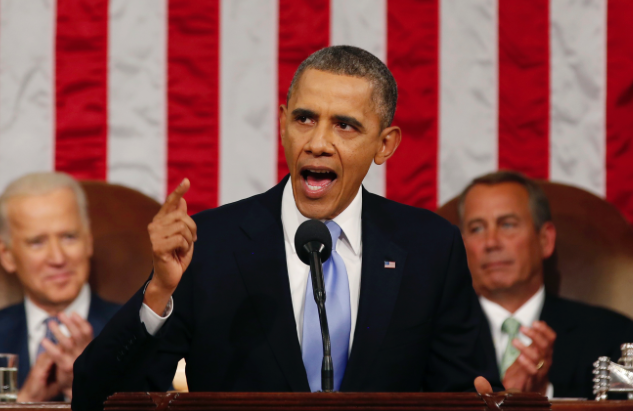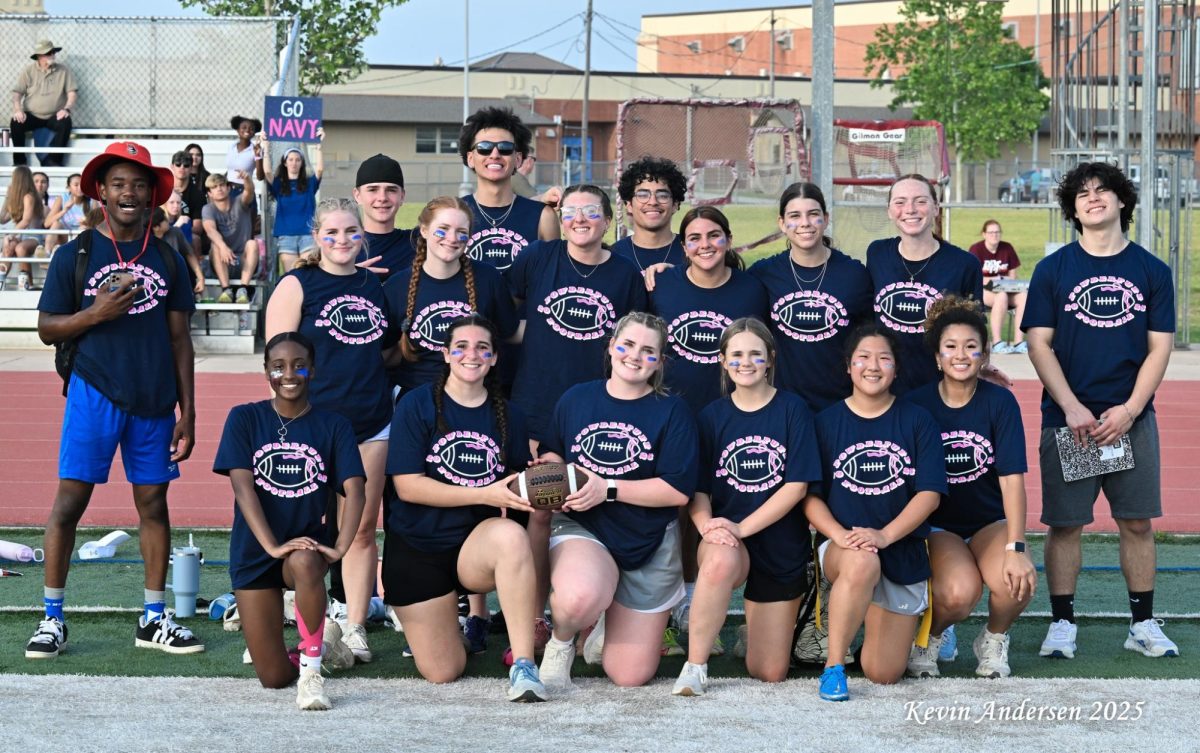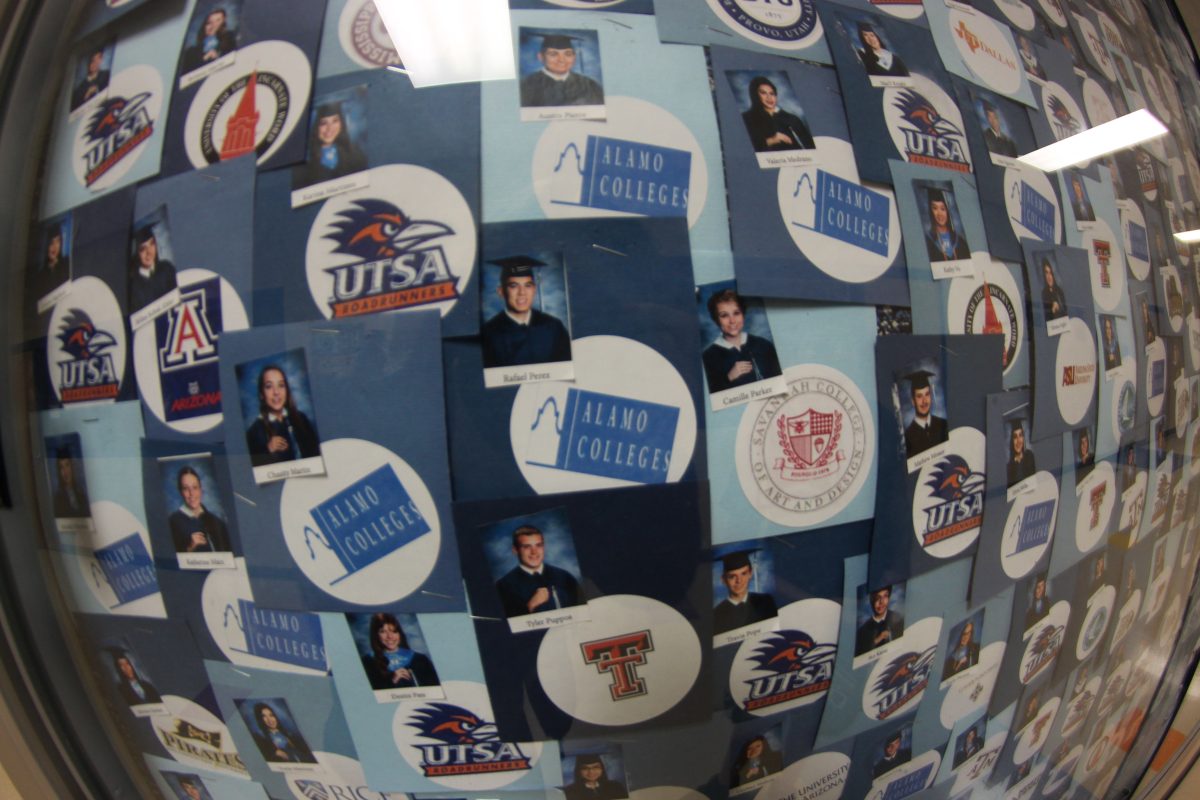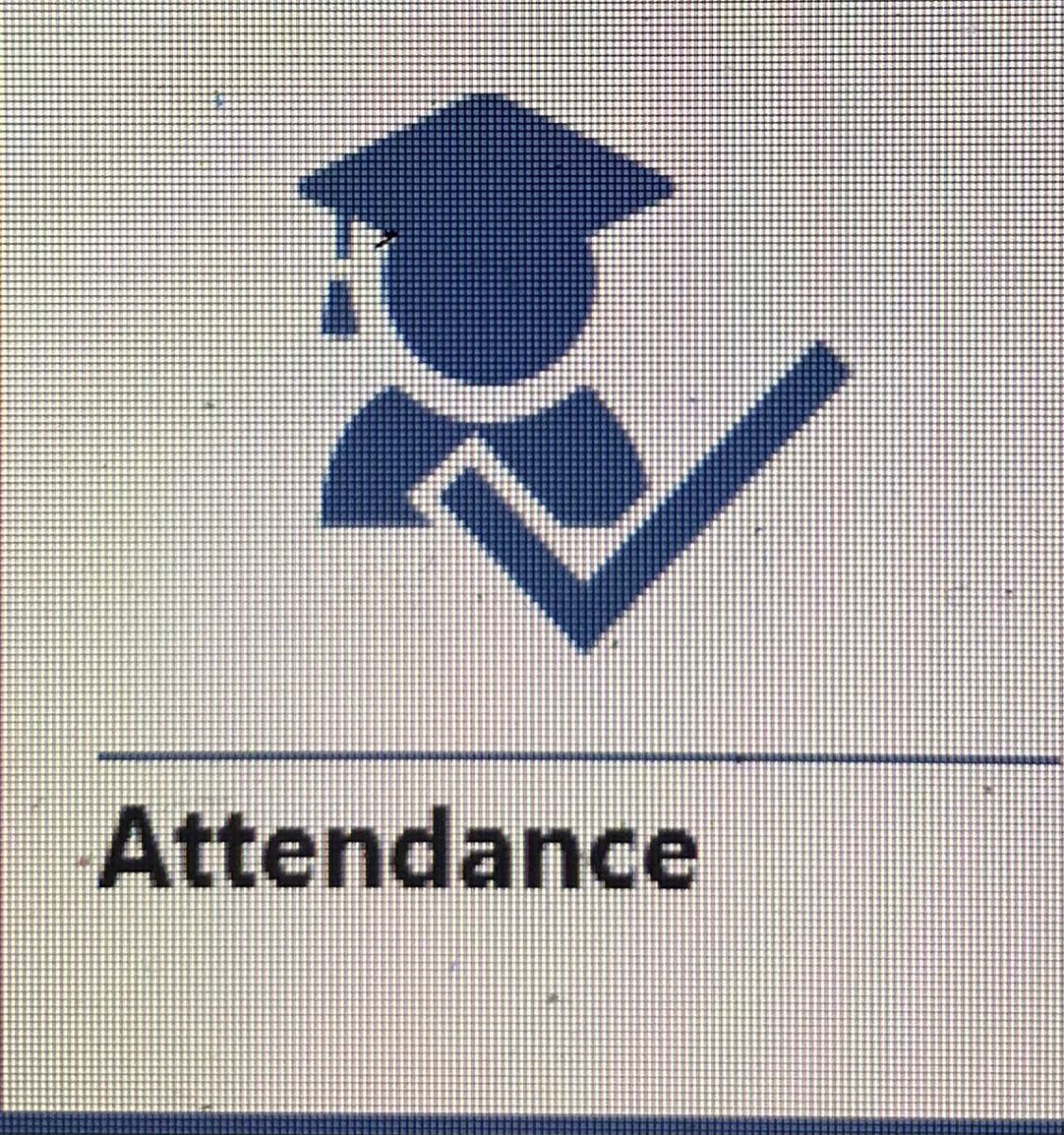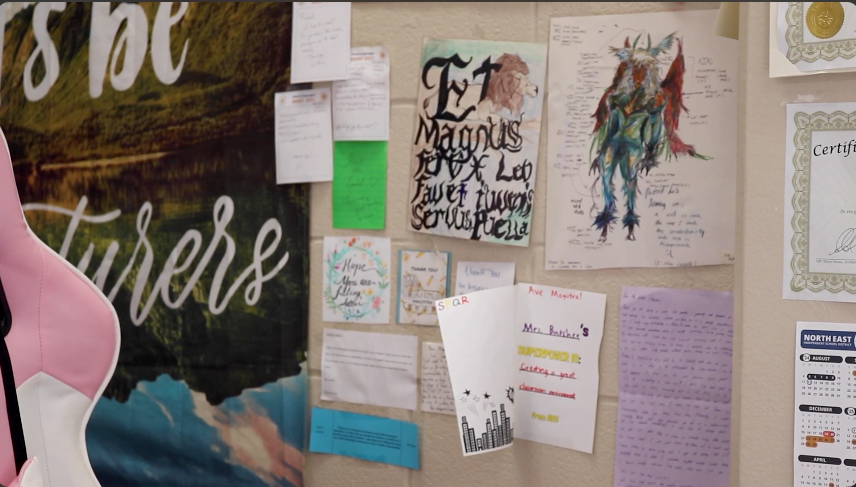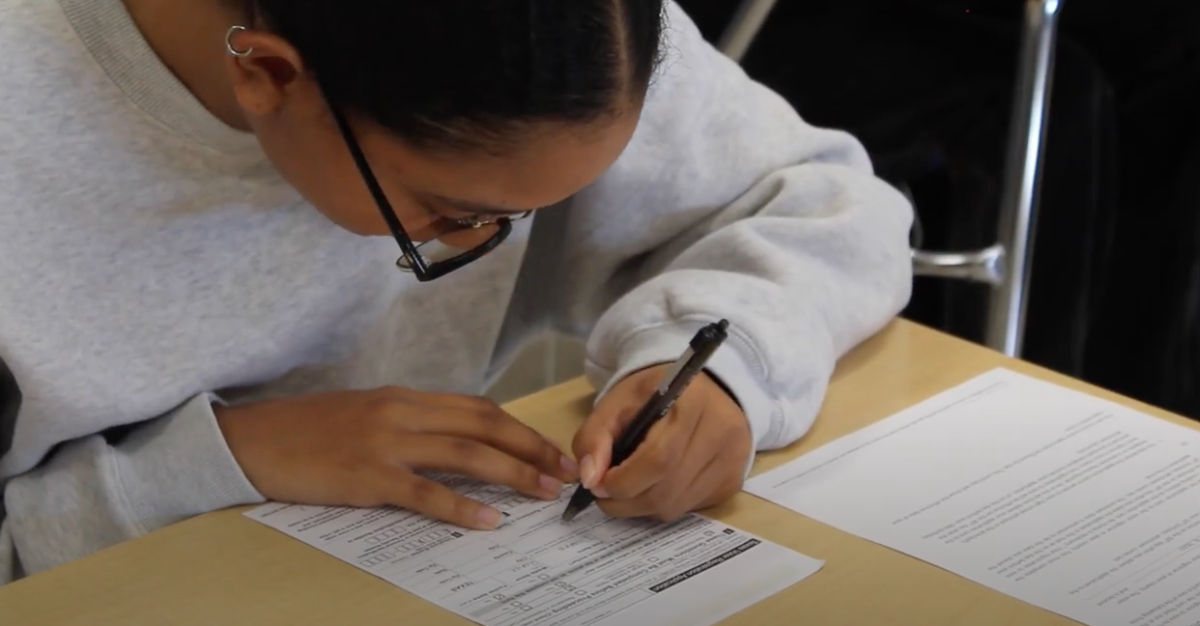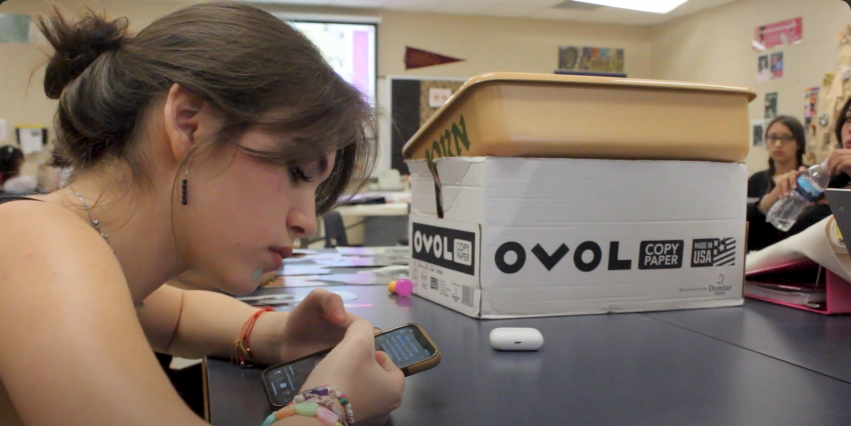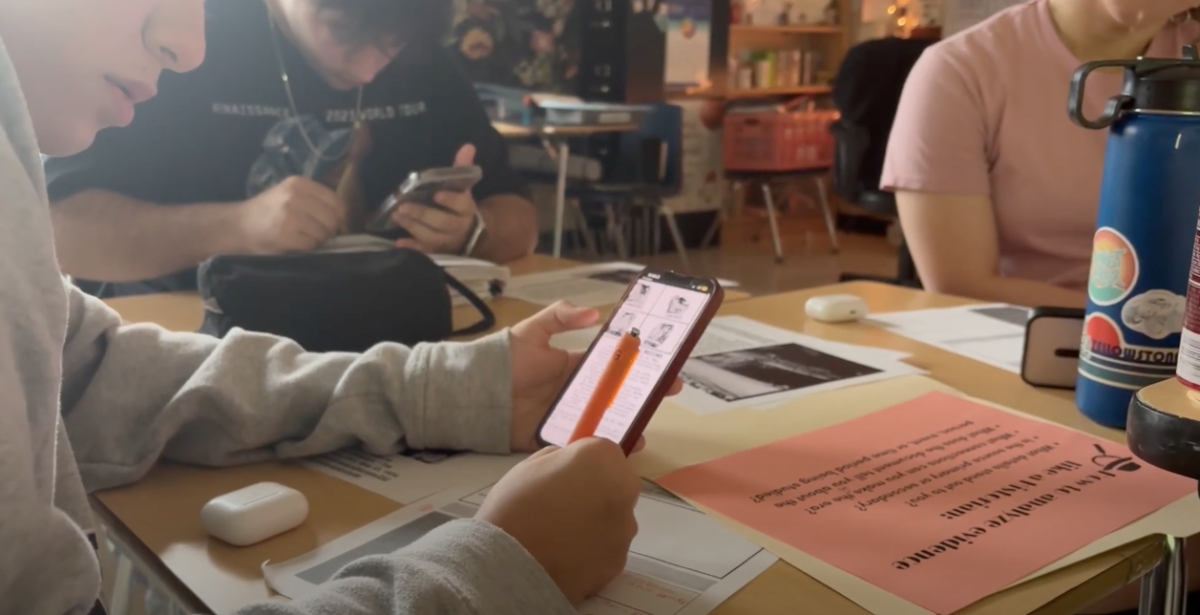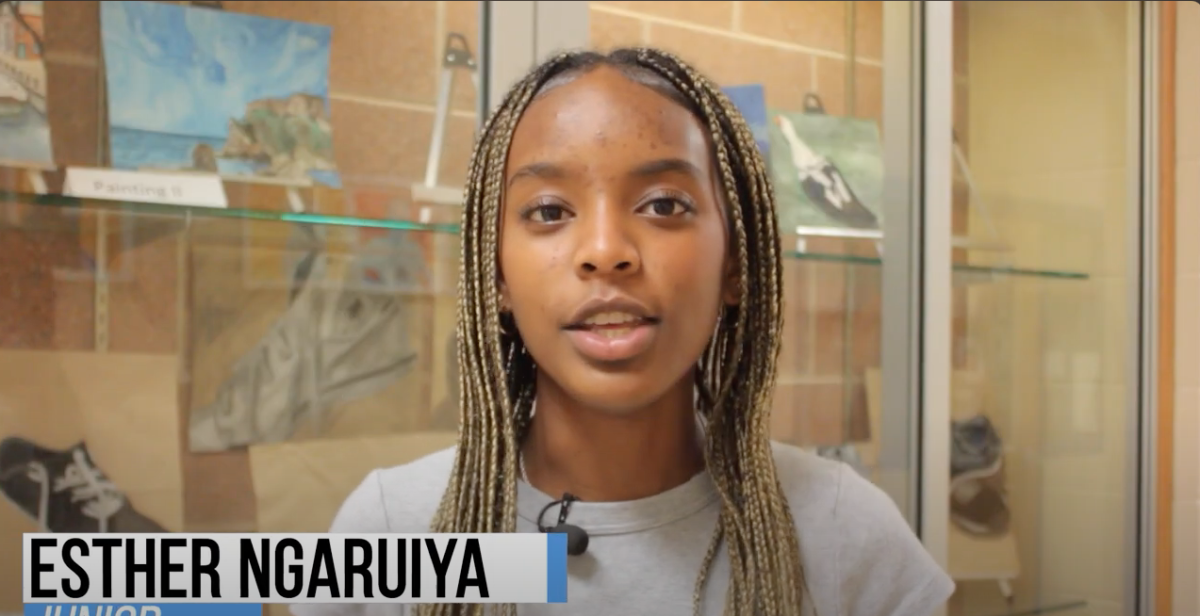by Emma Fitzhugh | news editor
At the State of the Union address held on Tuesday, January 20, President Obama proposed several programs to be reviewed by Congress, including the ‘America’s College Promise’, which would pay for two years of tuition at a community college so long as students meet certain qualifications.
“I think anytime they’re [government] able to help students pay for college and encourage students to complete college, that’s gonna be a benefit,” lead counselor Courtney Tarbox said.
According to The White House Blog, if this proposal were to be implemented by all 50 states, there could be several economic benefits, including a full-time college student saving approximately $3,800 in tuition per year, as well as granting students the opportunity to earn the first half of a bachelor’s degree, and/or earn the, “technical skills needed in the workforce” at no cost to the student. In addition, this proposal could benefit approximately 9 million students each year.
“In fact I’ve seen some of the recent advertisements, and that’s something they’re really trying to promote, is how they [community colleges] are much more reasonably priced. It can help students earn a lot more college hours for much less money than what they would at a major university. So that’s why it’s often a great option for students that maybe aren’t certain on what they want to study. It’s less expensive to try different classes or have more hours of community college,” Tarbox said.
Under this program, those students who would still like to attend college, but maybe aren’t certain about what major they would like to pursue, have the opportunity to attend community college for free, as well as potentially earn a degree after two years.
“There’s maybe junior colleges, or community colleges, that offer two-year associate degrees. So that’s even a level of higher education beyond the high school diploma that can help students in the employment field. So even having an associate, a two-year degree, can make a big difference. And so this program could potentially help students get to at least that level,” Tarbox said.
However, in order to qualify for this program, students must meet all of the necessary requirements, which includes maintaining a sufficient attendance record, in addition to maintaining a GPA of at least 2.5. (For a full list of requirements, click the link below.)
If students meet these requirements, attending community college under this program may prove beneficial, due to the fact that these universities can also help students adjust to the transition into voluntary education, according to Tarbox.
“I think community college is a great way to help students bridge that big transition from high school to college. Especially the students not sure on what they want to do when they grow up, and not have a main focus on exactly what they want to study, community college is a great way to get some basic courses taken care of,” Tarbox said. “And to maybe, for a more reasonable amount of money, be able to explore different career options. So I do think we’ll see more and more students maybe starting at community college or junior college level, and then transferring those hours over to their more major universities.”
In our city, there are multiple community colleges available to students, but all of the universities are part of a larger network of local schools.
“It’s a network of community colleges. They have different locations, and that is the San Antonio College community. It’s a network of Alamo, there’s a counsel of Alamo colleges (Alamo Colleges Educational Services, or ACES) and those are all community colleges to serve our area,” Tarbox said.
Although attending a local community college is not currently part of her college plan, junior Kaelie Bernard still feels as though this proposal is a good idea, but how the program will be financed still remains unclear.
“I heard about that proposal. Some kids at lunch were talking about it, and they said it’s Obama’s new approach to education. I think it’s a great idea but I doubt they will find the funding for it,” Bernard said. “Education is expensive, and then how would the college pay for its professors and school expenses?”

Despite the cost involved, Bernard went on to say how college still has value, whether it’s a community college or a four-year university.
“I think it helps you prepare yourself for the future and/or a university instead of just jumping right in and getting overwhelmed. This act would inspire more students to go to college,” Bernard said.
Admitting that she “can’t speak for everyone”, senior Caitlin Rothschild seems to agree with Bernard, who adds that while the basis of this proposal is two free years of community college, the question still remains as to how the program will be financed if it’s approved.
“My question is where are they pulling that money from? I’m not sure exactly how you go about actually doing this. I think that there is a general feeling that college is too expensive and I think everyone would be willing to take the help that they can get,” Rothschild said.
While the cost of implementing this program may vary from state to state, this proposal could ultimately lead to better economic opportunities for future college graduates, according to Rothschild.

“Personally, I think it’s a wonderful proposal. I know some people that can’t even pay for community college and they will never be able to find better jobs because they don’t have the economic advantage,” Rothschild said. “I believe it could help out tons of people and I could see it being good for the economy in the long run. Better jobs equals more money people can spend. Even with only a couple years of college you are much more likely to get better jobs and earn much more that you would with only a high school degree.”
Unsure of what he would like to pursue as a career, junior Gabriel Cooper is still debating whether community college is the best placement for him.
“I have a few ideas, but I haven’t made up my mind or anything yet. I’m looking at whether or not I want to go to a community college; possibly in state. Well for what I’m into, cause I’m into animating and just different computer stuff, and then I’m also into theater type stuff, so I’m not sure if that’s something a community college could offer. But I feel like it could help get basics for a lot of important jobs and stuff like that,” Cooper said.
However, for other students, two free years of community college means attending a university can becomes a reality, as well as preparation for the ‘real world.’
“I feel like it depends on the person. Some people are okay just straight up going right to a university. Some people just need the opportunity to be able to go to college for a little while,” Cooper said. “One, to be able to, or because it will cost money [without proposal], and because they’ll be able to go and experience what it’s like for when they go to maybe a different university. It’ll just prepare them for being on their own, and it will just help them get started into their life.”
Whether a student chooses to attend a four-year university directly out of high school, a community college (free or not), or even no college at all, the decision ultimately comes down to the student.
“I think it’s always an individualized decision. It totally depends on what that student wants to do, what their situation is, and what their resources are. I don’t ever want to limit a student. If they feel ready for a four-year school, there are lots of opportunities for them to earn different financial aid. But I don’t think community college is a bad route to go either,” Tarbox said.
To find out how you may qualify for this program, click here.


